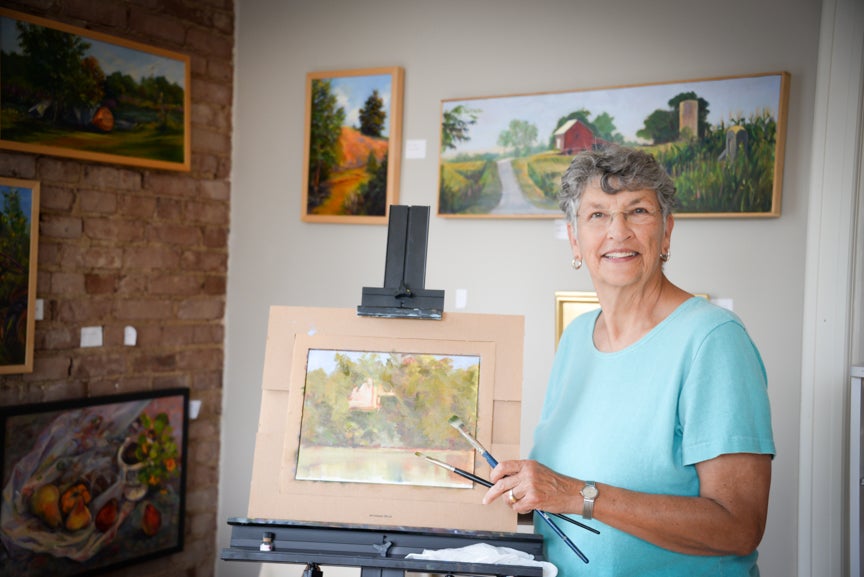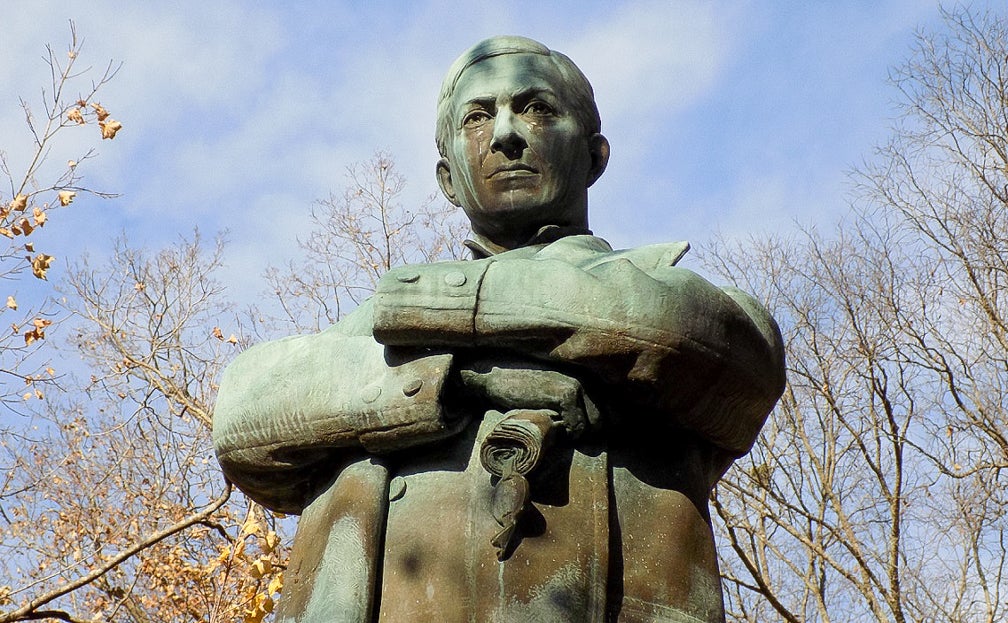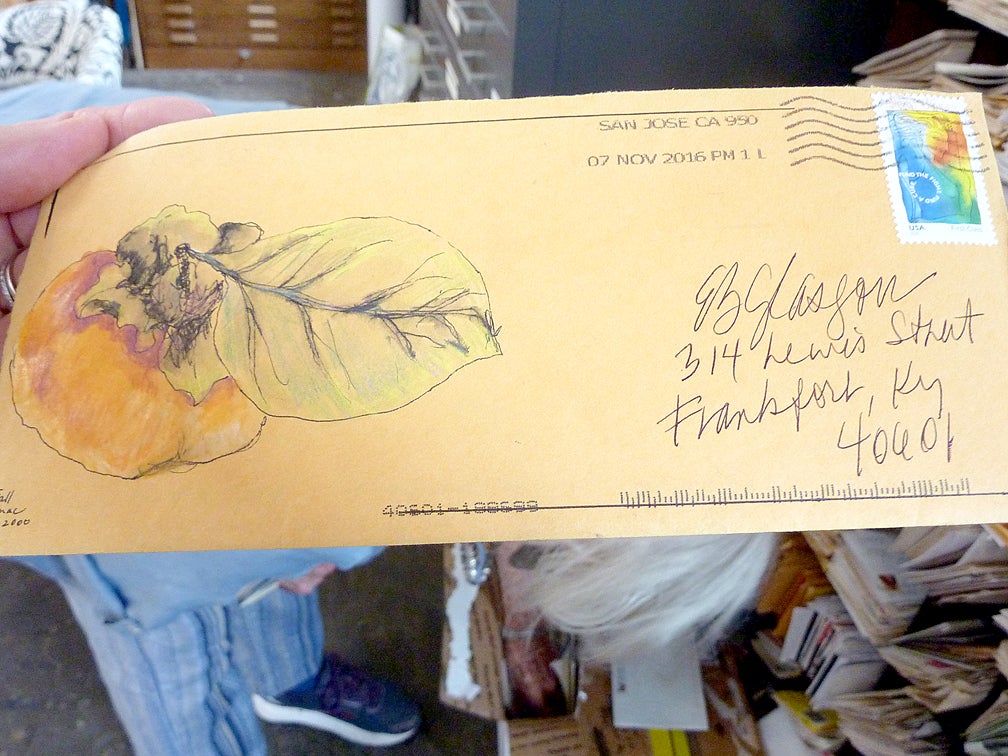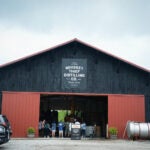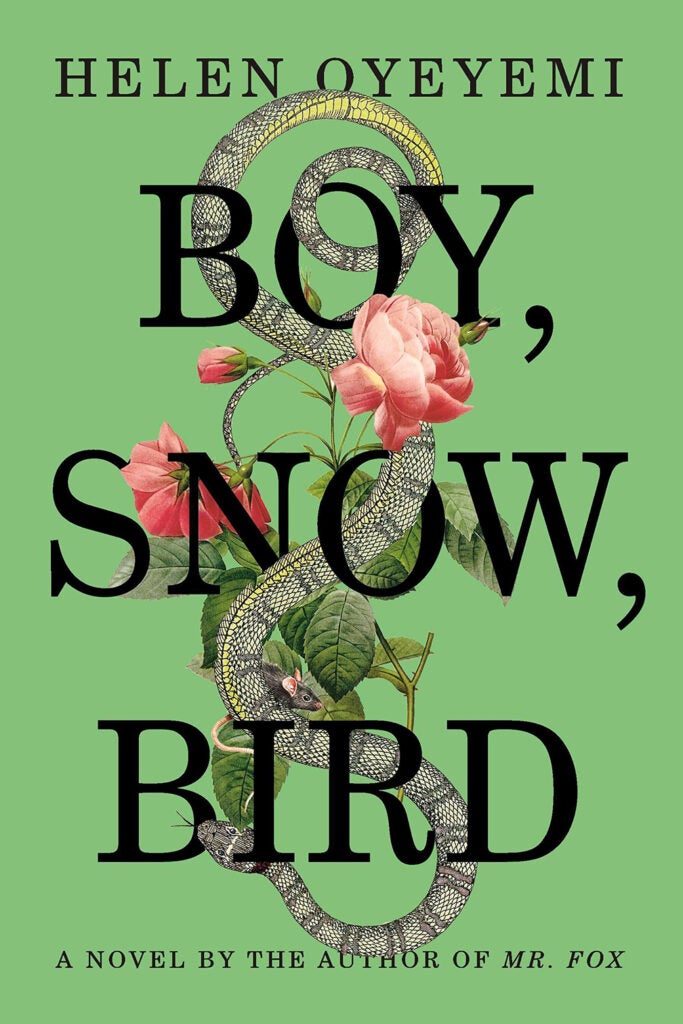
“Boy, Snow, Bird” by Helen Oyeyemi
“This imaginative novel explores identity, race and family, arguing in brilliant language that black, white, good, evil, beauty and monstrosity are different sides of a single, awesome truth.” — People
Communication can be difficult, especially between different generations, cultures and races because each of us has a fundamentally different perspective influenced by our experiences. “Boy, Snow, Bird” by Helen Oyeyemi centers around this difficulty, examining the relationship between an abusive parent and daughter, a White woman and her biracial daughter, and two sisters, one of whom can pass as White while the other cannot. It is a book filled with imaginary fairy tales, evil parents and trauma.
The central character of “Boy, Snow, Bird” is a White woman named Boy Novak, and the book follows her from her adolescence in the 1930s through her adulthood in the ’50s and ’60s. Boy has always had extremely fair hair and spent most of her life admiring it, leading her to develop a strange and slightly obsessive relationship with mirrors.
However, she was never good at getting along with others and was always a bit wry, a bit aloof. Her father, Frank Novak, was an abusive rat catcher who would torment rats and Boy until she eventually ran away to the idyllic, fairy tale-esque town of Flax Hill. It was there that she met Arturo Whitman, a former historian turned craftsman, and his preternaturally beautiful daughter, Snow.
However, when Boy gives birth to a child that looks distinctly Black, she realizes that both Arturo and Snow are biracial, leading to family and community tensions, a split between Boy and Snow, and other unintended consequences.
“Boy, Snow, Bird” is a unique book and one that sticks with you. Boy is a strange woman, obviously traumatized by her father’s brutality, but when she has a biracial child, she is suddenly forced to confront her own privileges and choose a side.
Does she fall in line with the Whitmans, sending away her daughter Bird in order to continue to occupy the White sphere, or does she cherish her? Is there something sinister about the Whitmans’ dedication to being White-passing and is Snow, the symbol of their aspirations, somehow sinister and insincere herself?
Has Boy always been cruel, refusing to give her heart to those that love her, whether that be a boyfriend, her husband, or her own children? Can Boy, Snow, or Bird actually break free from the cycle of trauma they were born into to be better, more compassionate women?
What does it mean that all of them have an odd relationship with mirrors? And is Frank Novak, the almost comically cruel father, not also a product of his circumstances and trauma? Is he forgivable, redeemable or just a two-dimensional character?
I invite you to read this book for yourself and draw your own conclusions. Whether this becomes one of your favorite books or not, I guarantee you will have an opinion about it.
— Review by Cindy Butor, Reference Librarian, Paul Sawyier Public Library
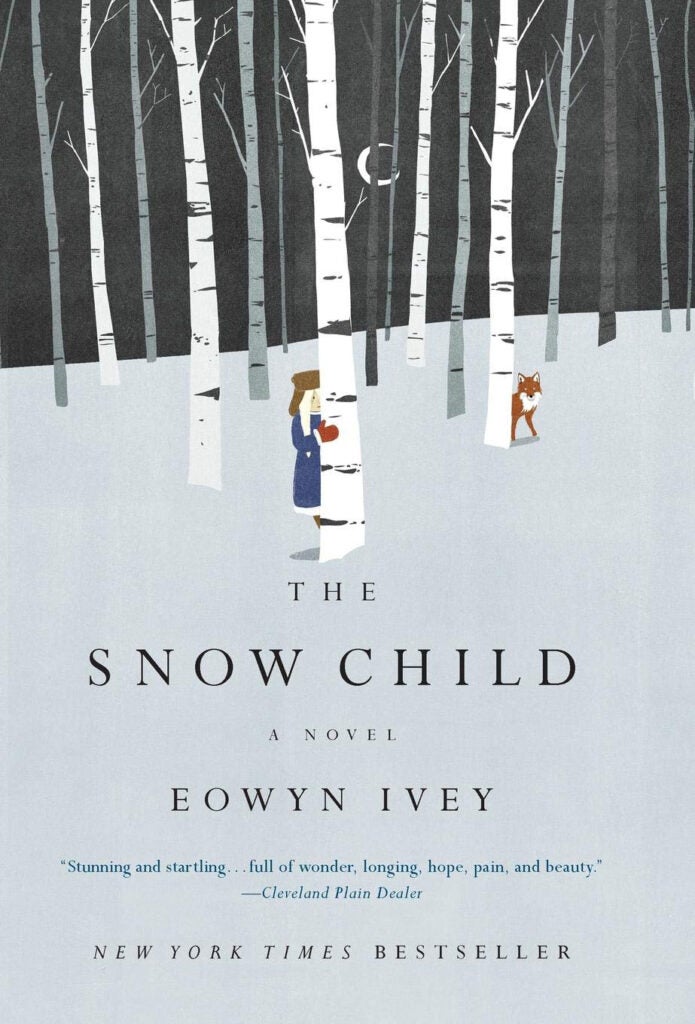
“The Snow Child” by Eowyn Ivey
Jack and Mabel move to Alaska from Pennsylvania in the early 1920s to deal with the loss of a child and get away from well-meaning family and gossiping neighbors. The work is hard on Jack and the quiet becomes too much for Mabel.
In a carefree moment after a snowfall they build a snow child. The next day, the snow child is gone and so are the mittens and scarf that the couple had put on it. However, both Jack and Mabel have seen a child’s boot print near their home and Mabel worries there is a youngster out there in the cold.
Soon they both catch a glimpse of a little girl in the woods, all alone except for her pet fox. Could this be their “snow child?” Jack and Mabel begin to care for her and name her Faina. Never really theirs, they start to think of her as family. But, no one else, has ever seen the little girl.
The good thing about “The Snow Child” is that the author never tells you if the girl is flesh and blood or magical, you are left to decide. Ivey’s book is beautifully written, magical realism for those cold, dark evenings.
— Review by Paul Sawyier Public Library staff
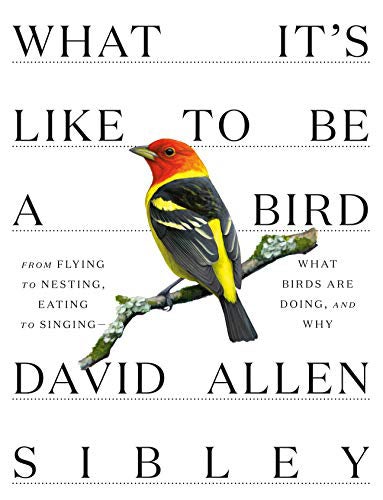
“What It’s Like to Be a Bird” by David Allen Sibley
Many people following healthy guidelines to stay at home have remarked on how much they’ve enjoyed watching the birds in their backyard. They have learned the different varieties that take advantage of their various feeders, but what do they know about the different species? Is that the same cardinal family that was here last year?
David Allen Sibley is the author and illustrator of numerous books popular field guides of bird species, but this is a larger format coffee table book with more information, especially on the uniqueness of bird habits. What are they doing, and why?
The common Cardinal, named for the leaders of Catholic faith, are extremely sensitive to the changes in day length, and begin singing on the first sunny days after winter solstice. Their calls of cheerily cheerily cheer, cheer, cheer, cheer reflects a message of optimism for the beginning of spring.
Bluejays are often seen chipping and eating flecks of house paint, a source of calcium for stronger egg shells. A better source would be crushed egg shells recycled from our kitchens.
Incubation and hatching are the most dangerous times for birds, and some like crows will employ one or two-year-olds from previous hatchings to help with feeding.
This volume contains information on more than 200 species and is beautifully illustrated with more than 300 many life-sized illustrations.
This would be the perfect gift for the curious birdwatcher, and even though aimed at adults, children would be fascinated with the larger illustrations. And who doesn’t wonder if birds of a feather flock together? Or how do farmers grow all that bird seed for backyard feeders without having birds consume it before harvest?
— Review by Lizz Taylor, Poor Richard’s Books
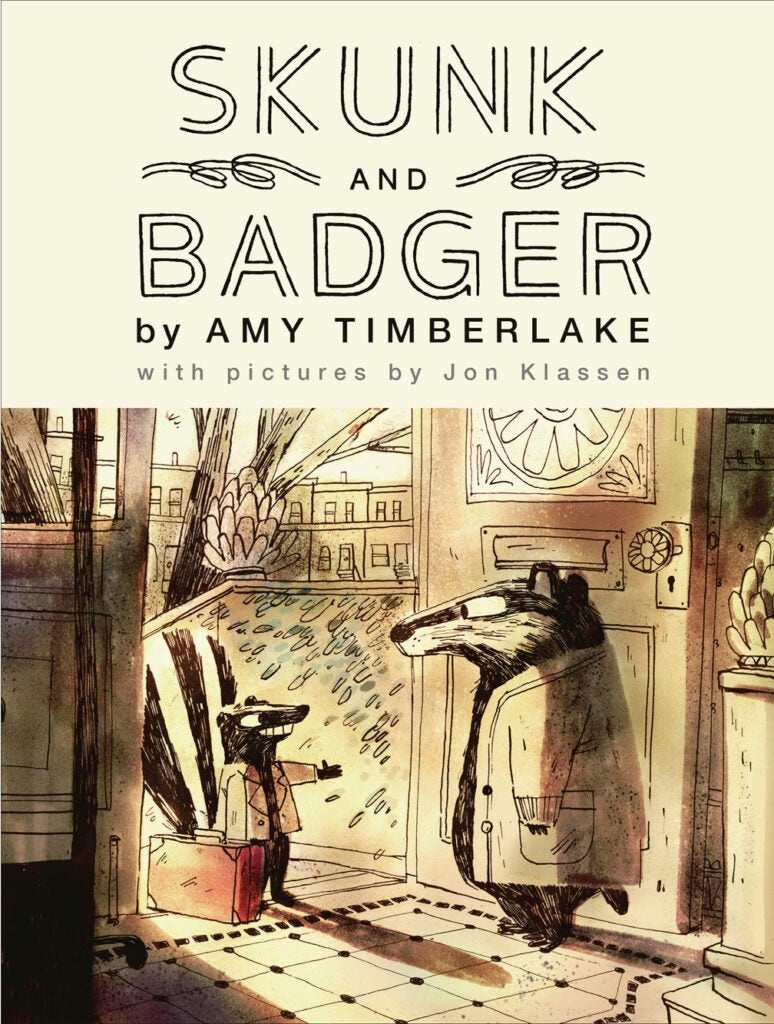
“Skunk and Badger” by Amy Timberlake
One of television’s most popular series from the past was “The Odd Couple” starring Tony Randall as Felix and Jack Klugman as Oscar Madison. Amy Timberlake has re-created those delightful characters of long ago with “Skunk and Badger.”
Badger is a scientist involved in “important rock work.” His world is orderly and predictable in Aunt Lula’s borrowed brownstone. Badger’s work is interrupted by a knock at the door introducing the overly friendly, Skunk, with “too much slick in his stripe, too much puff in his tail.” Skunk explains that Aunt Lula has offered him the use of the house, too.
Skunk has unusual routines, saying that breakfast is the most important meal of the day and should always be served with candles. And Skunk decides that as he prepared the elaborate meal, Badger should, of course, clean up. Skunk’s interference in Badger’s world also involves mismatched cloth napkins at breakfast, chickens for friends, rocket potatoes and a Quantum Leap.
The reclusive Badger and the gregarious Skunk have many awkward social encounters, but both are loveable furry roommates. Reminiscent of A.A. Milne and Kenneth Grahame, this is a tale of friendship that overcomes the initial prejudice each had of the other.
The illustrations of Caldecott winner, Jon Klassen, are an additional visual invitation to enjoy this charming and funny tale.
— Review by Lizz Taylor, Poor Richard’s Books


